AMIR AZIZ AHMEDI, KOLKATA
Among all the misunderstood terms in Islamic terminology, the word ‘Jihad’ is the most misinterpreted and misused. Based on this erroneous understanding of Jihad, many ideologies and concepts in Islam have been largely distorted, Ghazwa-e-Hind being one of them.
Ghazwa-e-Hind has been misconstrued by various extremist organisations to perpetrate acts of aggression and furnish selfish ambitions blinded by geopolitical gains. It has also been repeatedly quoted by the enemies of Islam as a tool to question and put under suspicion a Muslim’s loyalty to his country.
The concept of Ghazwa-e-Hind is generally understood—both by some extremist Muslims as well as the proponents of Islamophobia—as a military raid foretold by the Holy Prophetsa, in which India will be conquered by Muslims through warfare.
However, a factual analysis and an unbiased study of Islamic texts will convincingly prove that attributing such a violent notion to Islam is false and baseless.
Authenticity of the narrations
Of the six most authentic collections of Hadith known as Sihah Sittah, only Sunan an-Nasai records the narrations of Ghazwa-e-Hind. Nasai has included three narrations regarding this, the first two of which are similar in text and report Hazrat Abu Hurairara as saying:
“The Messengersa of Allah promised us an expedition in India. If I live to see that, I will expend myself and my wealth in it. If I am killed, I will be one of the best of the martyrs, and if I come back, I will be Abu Hurairah, the freed one [from the hellfire].”[1]
This narration has been ruled as inauthentic by Hadith scholars. For instance, the famous scholar Al-Dhahabi writes:
“Jabr ibn Abidah narrated a rejected report from Abu Huraira. His tradition is: ‘We have been promised the invasion of India.’”[2]
Likewise, Sheikh al-Arnaut says:
“There are traditions narrated on this topic from Abu Hurairara that have two weak chains.”[3]
Hence, both these narrations are considered weak and untrustworthy by Hadith scholars. The third narration in Sunan al-Nasai reports the Holy Prophetsa as saying:
“There are two groups of my Ummah whom Allah will free from hellfire: The group that undertakes an expedition in India and the group that will be with Isa ibn Maryamas.”[4]
Although this narration has some degree of authenticity as compared to the other two and is considered by many scholars to be trustworthy, it is not entirely free from criticism. Ibn Adi has included this tradition in his collection of weak narrations[5]. Similarly, Sheikh al-Arnaut comments:
“It is a fair tradition, but this chain is weak due to Baqiyyah, son of Al-Walid, although some follow him. The remaining narrators are reliable except for Abu Bakr ibn al-Walid az-Zubaydi, whose status is unknown.”[6]
In short, this narration is considered by many to be ‘hasan’ (fair) but not authentic enough to be classified as ‘sahih’ (sound), as there are at least two narrators whose status is doubtful.
However, even if this narration is considered true, it may be noted that, unlike the other two reports, it does not mention fighting and getting killed. Instead, it only speaks of a group undertaking a mission in India who will be granted refuge from hellfire. Thus, this narration does not lend support to the generally understood violent notion of Ghazwa-e-Hind.
‘Ghazwa’ does not necessarily denote war
The word ‘ghazwa’ is derived from the root word ‘ghaza’, which means ‘to intend to attain something’ or ‘to undertake a mission’. In Islamic terminology, the wars fought in the time of the Holy Prophetsa are usually referred to as ghazwa and sariyya. ‘Ghazwa’ denotes wars in which the Holy Prophetsa himself participated, while ‘sariyya’ refers to expeditions sent by the Holy Prophetsa in which he did not personally take part.
However, these words do not always signify military expeditions. Instead, peaceful campaigns with no intention of war are also referred to using the same terms in Islamic history. Hence, many campaigns where the Holy Prophetsa sent delegations to spread Islam have also been described by historians as sariyya in Islamic history.
Occasionally, such groups were attacked by refractory infidel tribes, resulting in the killing of peaceful Muslims. Sariyya al-Raji and Sariyya Bir Mauna are examples of such expeditions.
In short, the word ‘ghazwa’ can denote two scenarios: a battle to counter an act of aggression or a campaign to invite people to faith through peaceful means, without resorting to violence.
The Holy Quran rejects the notion of violence
The Holy Quran is unambiguous in strictly prohibiting aggression in the name of religion. There is absolutely no permission to attack anyone either for propagating Islam or overtly or covertly harming those who do not follow Islam.
So, if some extremist organisations interpret Ghazwa-e-Hind as a military conquest, they do so with geopolitical intentions. If they give it a religious angle and incite people to attack others, they are no different from the political powers who perpetually plunge nations into conflict under the guise of protecting democracy and ensuring peace.
In the judgement of God, as stated in the Holy Quran, killing a single innocent human being carries the curse equivalent to murdering the entire humanity.[7] Islam does not sanctify the destruction of temples, the killing of non-Muslims, or any actions that harm others. Such acts of aggression contradict the very essence of Islam, which stands for selflessness, sacrifice, tolerance, peace, and brotherhood. Under no circumstances does any form of war or invasion—except in self-defence—carry any divine sanction.
True intent of the prophecy
The only possibility as to what the narration of Ghazwa-e-Hind actually denotes is that it is a spiritual mission to propagate the peaceful teachings of Islam in the Indian subcontinent. Holy figures like Mueenuddin Chishtirh, Fariduddin Ganjshakarrh, Nizamuddin Auliyarh and others exemplified this form of Jihad in India. Their Jihad was not a Jihad of violence, as is often misconceived today. Instead, their Jihad was the Jihad performed by the Holy Prophetsa, which was to propagate the teachings of Islam and promote the values of pluralism and tolerance. This is likely the group that has been mentioned in the narration as undertaking a mission in India.
The next part of the narration further substantiates this view. The second group regarding whom the Holy Prophetsa said would be granted refuge from hellfire is the one who would be with Isa ibn Maryamas or the Promised Messiah, who was to appear in the latter days. Many prophecies of the Holy Prophetsa about the Promised Messiah point to his birth in India[8]. Hence, the narration indicates the spiritual conquest that was to happen through him and his companions.
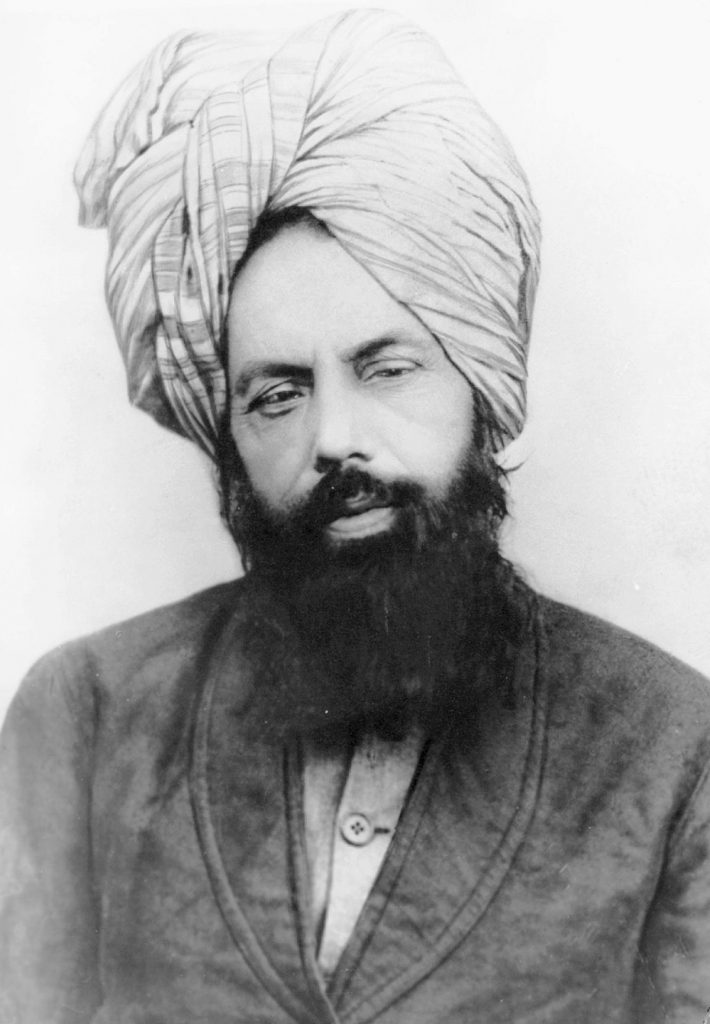
Since the Promised Messiah was supposed to end wars and establish a new world order through rationality and truth, it is bizarre to expect any battle during his times. The truth is that all prophecies pertaining to struggle during the latter days through him and his followers indicate intellectual struggle through literary means.
The Holy Founder of the Ahmadiyya Muslim Community, Hazrat Mirza Ghulam Ahmadas, claimed to be the Promised Messiah and carried out that peaceful mission through the propagation of Islam till his demise in 1908. The noble task of winning the hearts of diverse mankind continues to this day under the guidance of his spiritual successors.
A spiritual struggle to establish peace
Since a clear perspective about Islamic injunctions exists, it would be a fatal blunder to attribute a concocted notion of aggression against a peaceful country.
The conditions during the early days of Islam, when all efforts were made to eradicate the faith, were completely different. Permission to fight against oppression was granted only when all options of peace were exhausted, and when oppressors had maliciously sought to eliminate Islam and its followers through warfare.
Therefore, interpreting Ghazwa-e-Hind as a violent mission goes against the fundamental principles of Islam and the spirit of the Holy Quran, which upholds absolute freedom in matters of belief. The only acceptable conclusion proven by research is that Ghazwa-e-Hind represents a spiritual struggle undertaken in India by various saints, followed by the intellectual revolution led by the Promised Messiah.
Amir Aziz holds a Master’s degree in English and is also a Management Post Graduate. Currently, he serves as the head of the Ahmadi Muslim Young Men’s Auxiliary (Majlis Khuddamul Ahmadiyya) in Kolkata.
END NOTES
[1] Sunan an-Nasai, Kitab al-Jihad (The Book on Jihad)
[2] Mizan al-I’tidal 1/388
[3] Takhrij Musnad Ahmad 37/42
[4] Sunan an-Nasai, Kitab al-Jihad (The Book on Jihad)
[5] Al Kamil fi Du’afa al-Rijal
[6] Takhrij Musnad Ahmad 12/30
[7] Holy Quran 5: 33
[8] It is evident from many traditions of the Holy Prophetsa that the Promised Messiah and Imam Mahdi are not two different persons, but are different titles given to the same person. For instance, Ibn Maja records a narration of the Prophet saying that the Mahdi will be no other than the Messiah. Similarly, Musnad Ahmad records a tradition of the Prophet saying that in the latter days, people will find Isa ibn Maryam as the Imam Mahdi.
There are many narrations indicating the Mahdi to appear in India. Imam Bukhari records a tradition in his Tarikh al-Kabir in which the Holy Prophetsa informed of a group undertaking a mission in India under the leadership of Imam Mahdi. Similarly, Jawahir al-Asrar records a narration which mentions Imam Mahdi to appear from a city called Kad’ah which can be understood as an Arabic variant of the Indian town, Qadian, the birthplace of the Holy Founder of the Ahmadiyya Muslim Community.

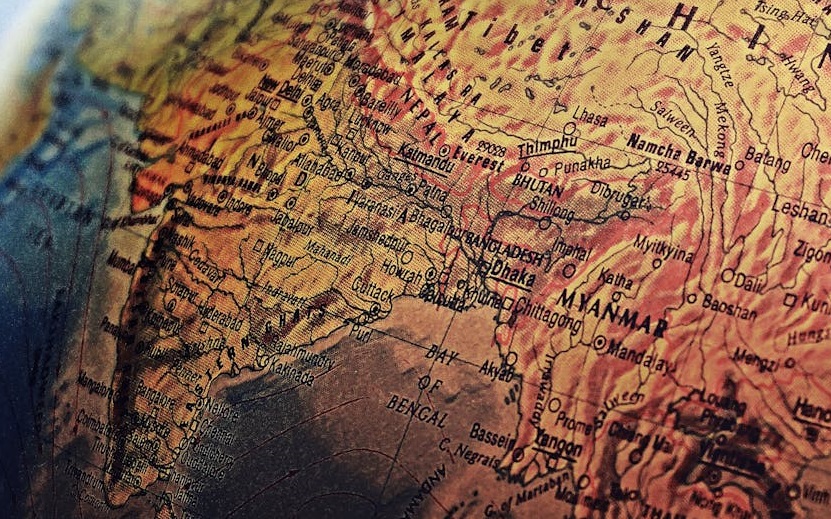
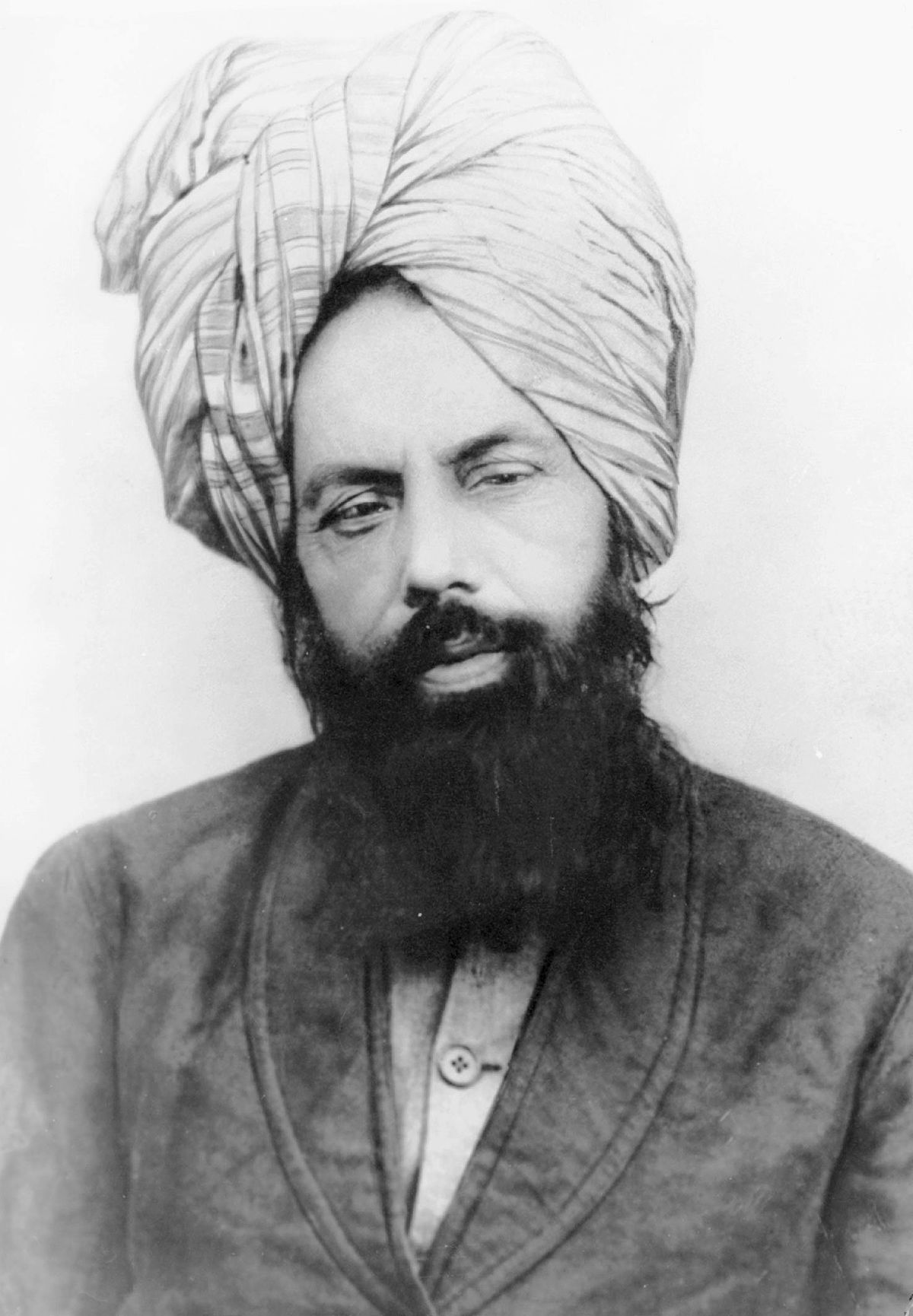
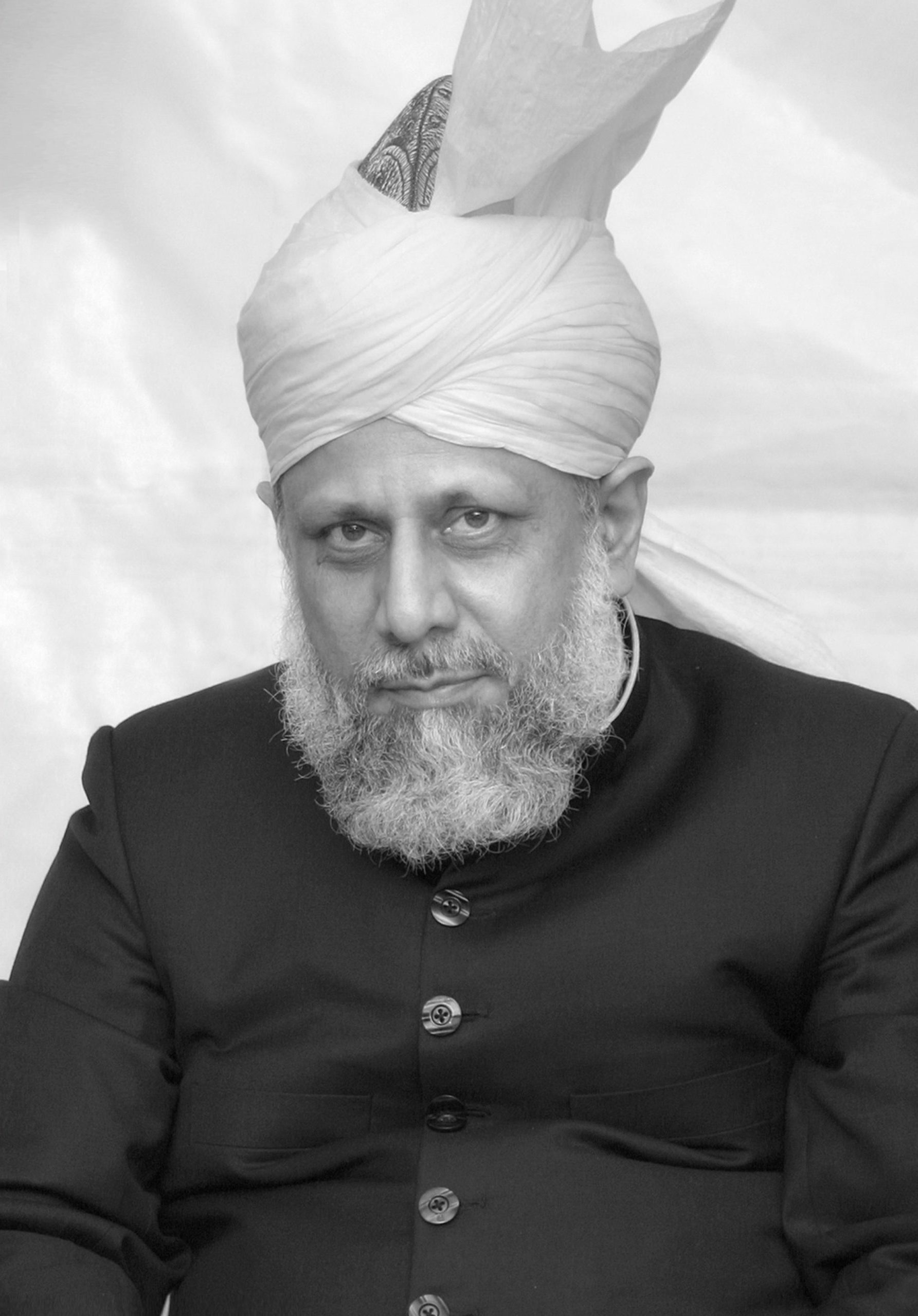
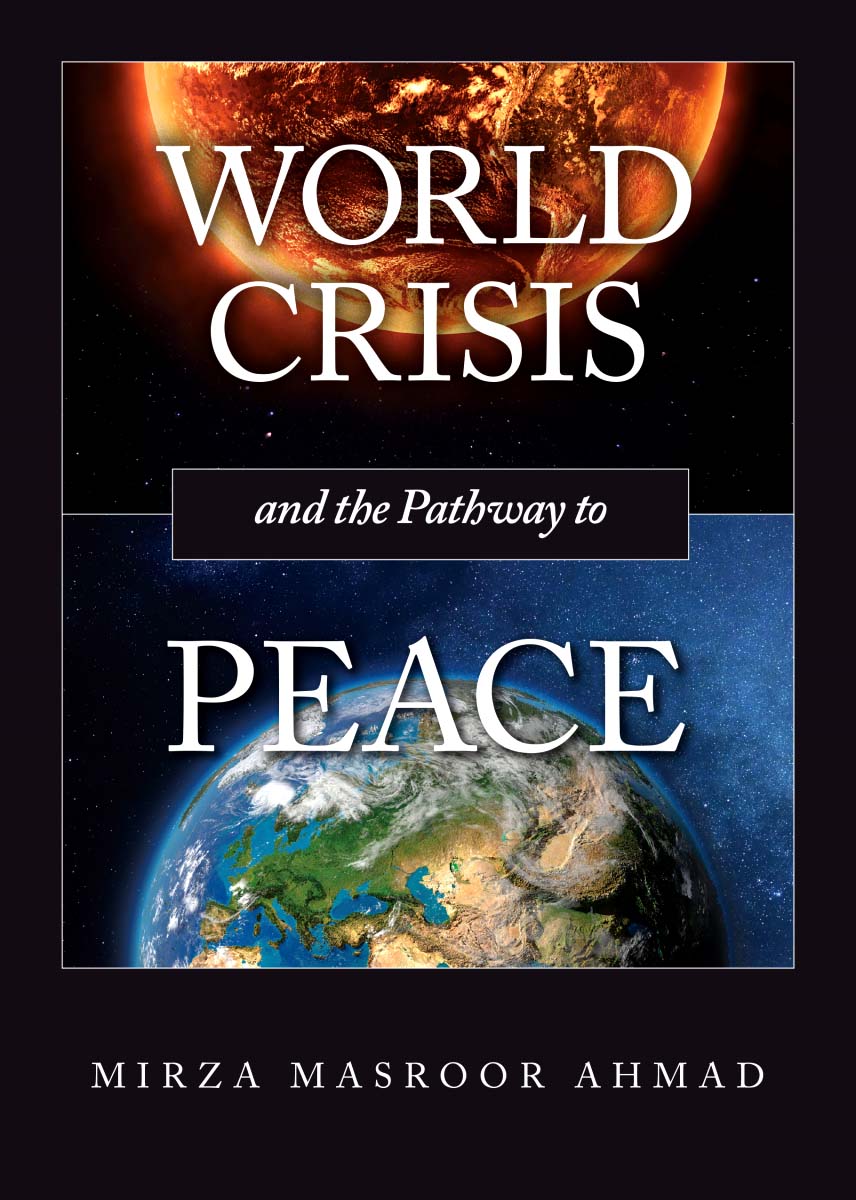





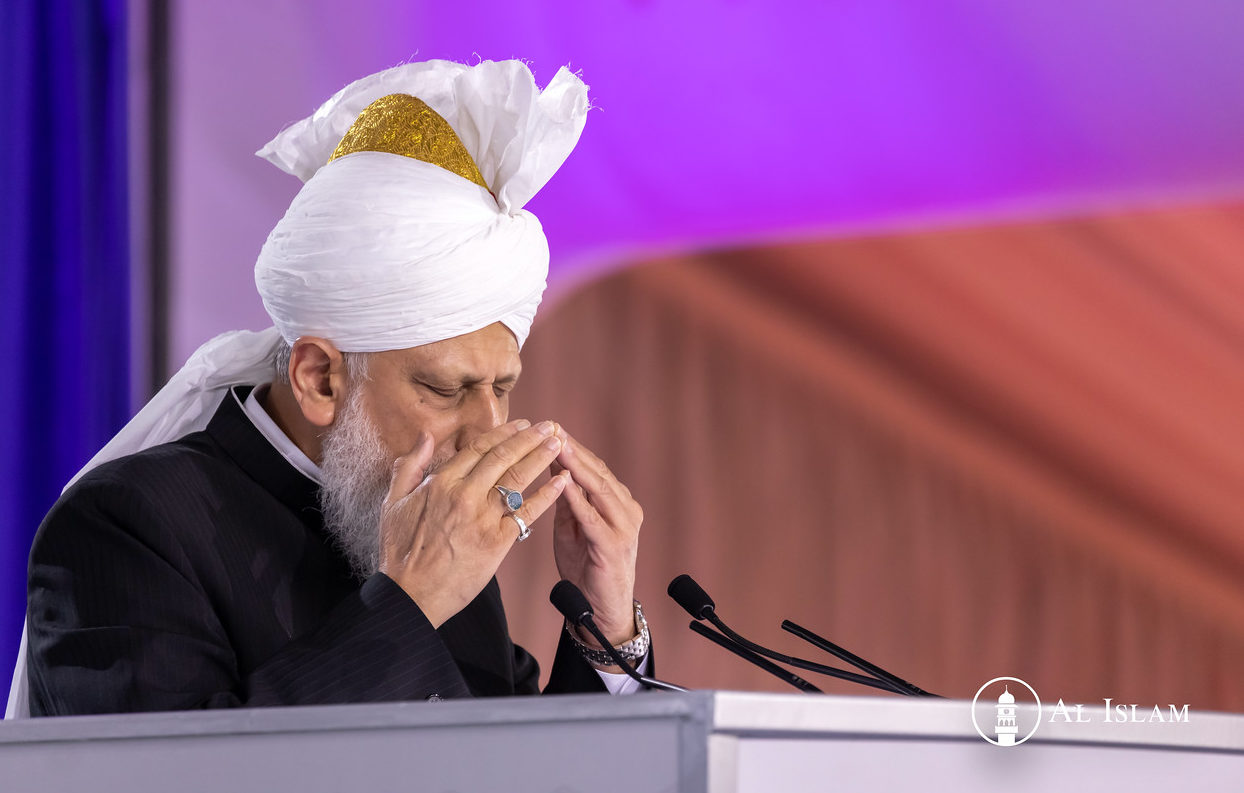

5 Comments
Anees · March 3, 2021 at 9:33 am
Interesting article. Well written.
Dr. Rajib Gupta · March 5, 2021 at 3:38 pm
Amir has written the content after thorough research. Basically all religions profess harmony and brotherhood but
people with vested interests misinterpret to fulfill their hidden agenda. People should read more and more on various subjects
and also on other religions to develop independent views void of preconceived biasness. Convey my good wishes to Amir for his work.
Rafi · March 7, 2021 at 5:22 am
Jazakmumullah for giving light on this subjects
ikhsan Hidayatullah · April 5, 2024 at 5:55 am
MOHON DIPERDALAM/DIPERJRLAS BUNYI HADIS TENANG IMAM MAHDI BERNAMA AHMAD yg tertulis dalam kitab Tahrik Al Kabir karya Imam Bukhari dan kitab Jawahir Al Asrar halaman 56.
ini kutipan dakam artikel ini
👇
Ada banyak riwayat yang mengindikasikan kemunculan Mahdi di India. Imam Bukhari mencatat sebuah hadis dalam kitab Tarikh al-Kabir di mana Nabi Muhammad SAW menginformasikan tentang sebuah kelompok yang melakukan misi di India di bawah kepemimpinan Imam Mahdi. Begitu pula dengan Jawahir al-Asrar yang mencatat sebuah riwayat yang menyebutkan Imam Mahdi muncul dari sebuah kota bernama Kad’ah yang dapat dipahami sebagai varian bahasa Arab dari kota di India, Qadian, tempat kelahiran Pendiri Suci Jamaah Muslim Ahmadiyah.
jazakumulloh
‘ഗസ്വയെ ഹിന്ദ്’: യാഥാർത്ഥ്യമെന്ത്? - TheMessiah · September 5, 2021 at 9:50 am
[…] https://lightofislam.in/the-truth-about-ghazwa-e-hind/ In March 1951, the editors of this National Geographic map are still warning their readers about possible boundary changes, especially in Kashmir; Source: Bought on ebay and scanned by FWP, Apr. 2008 […]